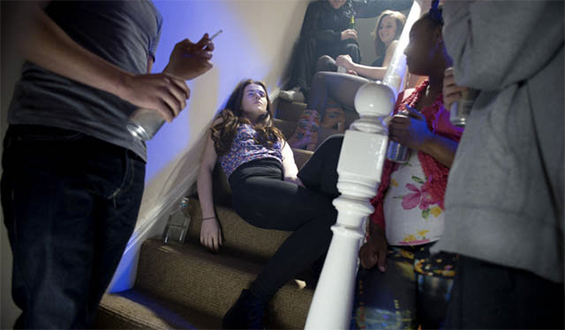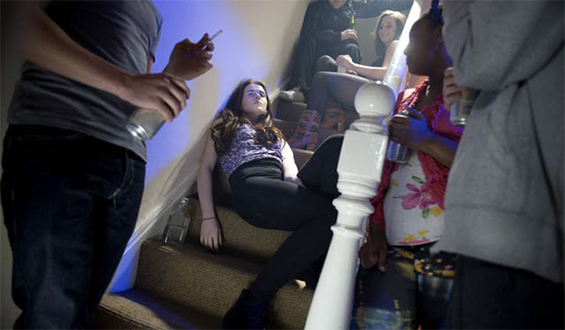
Colleges and universities across the country are working on implementing a new program focused on bystander intervention in an effort to reduce instances of sexual assault and create a safer college experience for all.
The Green Dot strategy is a prevention model that offers instructor certification at schools and communities nationwide by training bystanders in methods to safely step in and stop an instance of sexual assault in process. The model also works as a framework in the creation of a campus community that does not tolerate such behavior in the first place.
The Pennsylvania State University system is launching one such effort, called the Bystander Intervention Initiative, set to begin in January 2016. President Eric Barron accepted 18 recommendations from the Task Force on Sexual Assault and Sexual Harassment last February, including the initiative. A similar program that ran in June had 75 participants while 125 are expected to join the November program.
A presentation at Penn State Behrend went over the three D’s of Green Dot, including direct, delegate and distract, to over 1,000 incoming freshmen. The idea was to let these students know their options that allow them to safely intervene in instances that could possibly lead to sexual or relationship violence.
“We thought the program had a great deal of potential and would resonate with students,” said Ken Miller, senior director of campus planning and student affairs. “If it prevented one incident of sexual assault or dating violence, then we felt it would be worth the effort to start as soon as possible.”
A similar program is ongoing in schools in Missouri in an effort to change social norms on college campuses. Amber Allen, a prevention specialist at the Community Partnership of the Ozarks, said this can be accomplished through training, which offers multiple options to bystanders that would allow them to step in in a variety of scenarios. Allen gave one example of a drink being purposely spilled to divert attention, or to ask a friend to come to the bathroom with you to pull them away from the situation, writes Claudette Riley for The Springfield News-Leader.
She said that in some instances the safest option may be to inform a trusted adult or law enforcement agent.
According to Allen, Green Dot got its name from a map where red dots are used to indicate where instances of “power-based personal violence,” such as bullying, child abuse, domestic abuse, and sexual assault have taken place. Meanwhile, green dots show where bystanders have stepped in to help put a stop to these acts.




